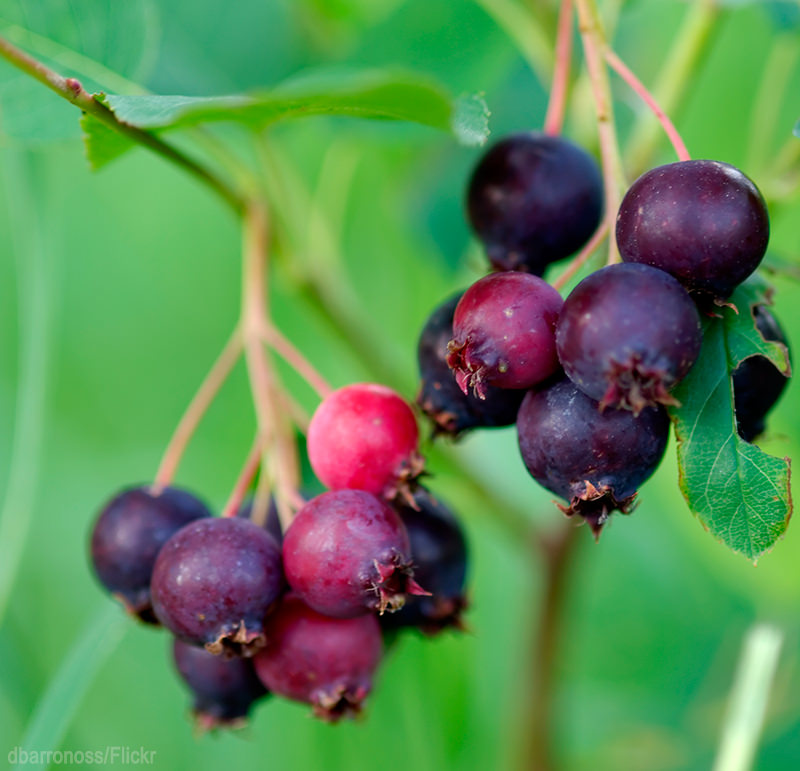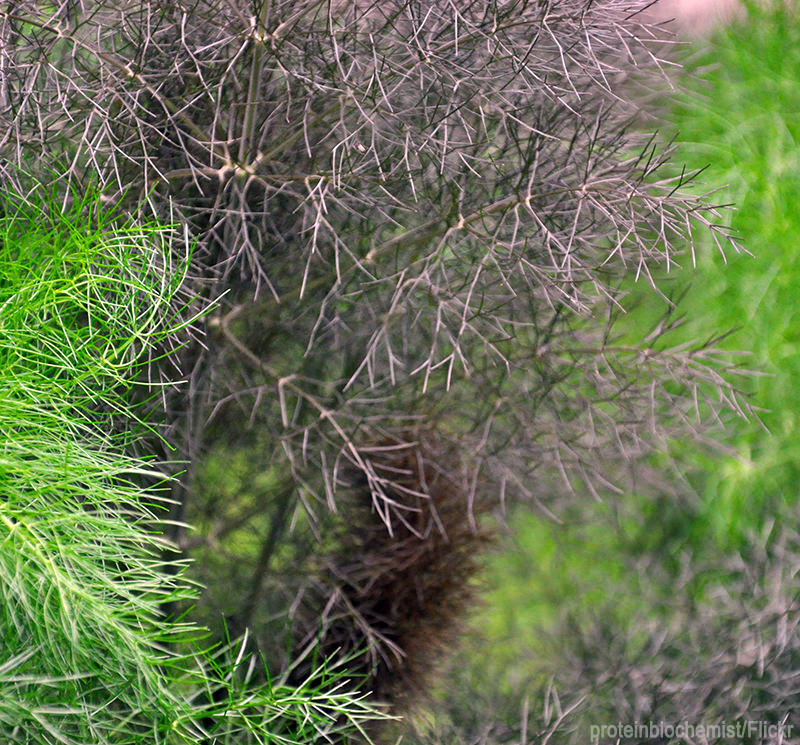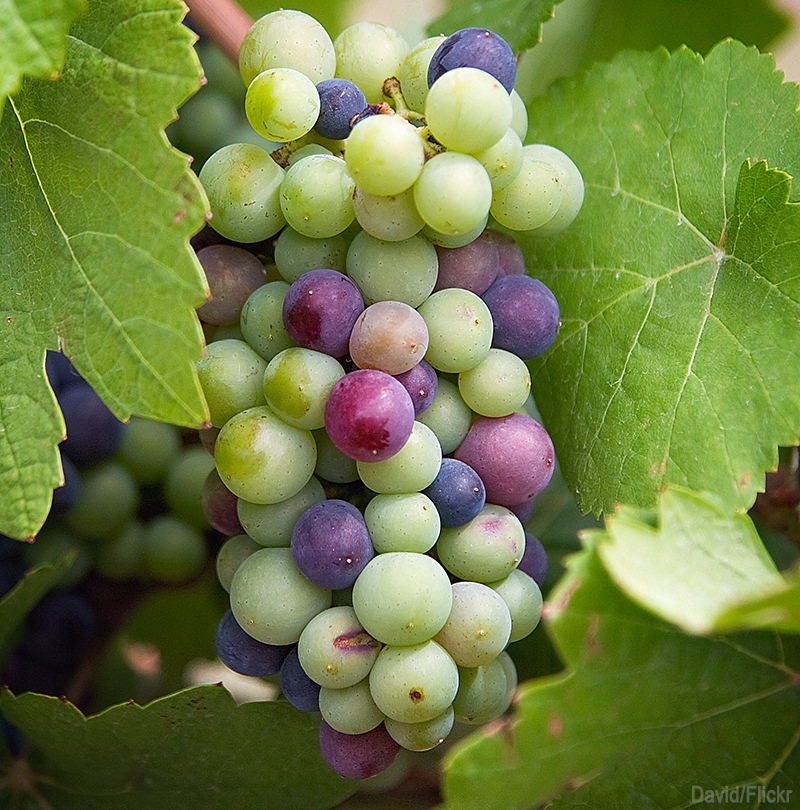

Rather than planting just vegetable seeds in your edible landscape this year, consider creating a drinkable landscape, as well. Crop varieties perfect for juicing or fermenting include fruiting shrubs, perennial herbs and small trees, and those landscape anchors still leave room for planting greens, vegetables and tender herbs in nearby garden beds.
My little garden is packed with half a dozen beautiful plants that also provide steady yields of beverages. As I’m growing and harvesting them, treats like juices, wines, meads, syrups and ciders barrel through my imagination. All six of these garden-to-glass plants share these characteristics:
- Cold Hardy: They grow almost anywhere, no matter how far north you live.
- Perennial: They come back year after year, usually getting bigger.
- Low Maintenance: They require little pruning or special fertilizing.
- Beautiful: Their flowers draw pollinators into the garden.
- Bountiful: Their edible flowers, seeds, stalks and fruit give you a lot of bang for your buck.
1. Crabapple

If a good beverage is what you’re after, don’t grow just any crabapple—go for the Callaway Crab, a compact and disease-resistant fruit tree with pastel spring blossoms that begins bearing early. The fruit taste like liquid Sweet-Tart candies and make exquisite pinkish-orange juice that’s good fresh, canned or fermented.
Crabapples can withstand temperatures down to minus 40 degrees F, and they thrive in full sun. Once established, they bear more and more fruit every year. If left unpruned, Callaway Crabs can grow to 25 feet, yet can be pruned to between 6 and 10 feet and still thrive.
2. Rose

Roses aren’t fussy or tender, but if you’re looking for a drinkable variety, avoid hybrid tea roses. Instead, look for regionally appropriate native roses and other old-fashioned strains to make your rose-growing experience more carefree. Miniature roses, chunky rugosa roses, lush shrub roses and climbing roses all have something to offer the cook.
Rose petals can be processed into delicate wines and syrups, and dried rosebuds make an outstanding tea when mixed with citrus peel. The main delicacy of roses in the drinkable landscape is the fruit, called hips, which ripen in the fall. They are packed with vitamin C and make nutritious tea and syrup.
3. Serviceberry

Not widely grown for fruit, the serviceberry is known across North America as a beautiful landscape shrub, vase-shaped and covered with big clusters of creamy-white blooms that shimmer in the slightest breeze in spring. Also known as shadbush or juneberry, this plant does indeed bear fruit in June: dark red berries similar to blueberries in size, texture, and taste.
Serviceberries are easily cooked and strained for delightful deep-purple juice. The juice, in turn, makes fine garden wine or mead, or you can boil it with some sugar for a syrup to mix into spritzers and cocktails.
4. Bronze Fennel

A handsome plant, its airy, dusty-purple fronds make a statement in any flower bed, growing to 3 or 4 feet tall before the tall, brilliant-yellow fall flowers make an appearance. Keep your eye on those flowers because you can harvest the seed heads and use the savory, anise-flavored seeds in many cooking and baking applications.
For beverage use, include the seeds in any hearty tomato drink, like a bloody Mary mixer, and in making bitters. Lightly roasted fennel seeds make an unusual tea that’s considered an aid to digestion.
5. Rhubarb

The edible part of rhubarb is the bright-pink stalk, and it takes two to three years for a rhubarb root to reach harvesting size. The stalks are picked from the outermost edge with a twisting motion—never cut across the stalk. When harvested this way, rhubarb keeps producing new leaves from the center, getting bigger and bigger during most of its roughly 15-year lifespan. Plant rhubarb where it can expand and spread its shapely, dark-green leaves.
Chop, cook and strain the stalks for a fantastic sweet-tangy juice, which combines excellently with strawberry juice. Drink it fresh, can it, or ferment it for lovely wine.
6. Grapes

While it’s no secret that grapes make great beverages, the surprise is that grapes are nearly indestructible. Plus, there’s a grape just right for any part of the country and any growing condition, from cold and damp to hot and dry. Give grapevines the support they need, and once they start bearing fruit, learn to prune them every year. Your reward will be loads of delicious, nutritious grapes. Grape juice is good—and muscadine grape juice in particular is off-the-charts complex. In addition to using the juice for wine, you can use the leftover skins as a yeast nutrient (a substance used to feed the yeast in winemaking) for any fruit-based wine.
Plant grapes in a sunny location but make sure the soil is open and gritty, not too rich. Good drainage is key.
Get more garden inspiration from HobbyFarms.com:
- 4 Hardy Fruit Shrubs To Beautify Your Farm
- 4 Orchard Fruits You Never Thought To Grow
- 2 Banned Berries Making a Comeback




